Mangroves as house plants
fishpond_boy
19 years ago
Featured Answer
Comments (16)
Matt G
19 years agolast modified: 9 years agoJerryatTreeZoo
19 years agolast modified: 9 years agoRelated Professionals
Hyattsville Landscape Architects & Landscape Designers · Marina Landscape Architects & Landscape Designers · Middle Island Landscape Architects & Landscape Designers · Norton Shores Landscape Architects & Landscape Designers · Otsego Landscape Architects & Landscape Designers · Coeur d'Alene Landscape Contractors · Dallas Landscape Contractors · Gainesville Landscape Contractors · Inglewood Landscape Contractors · Los Banos Landscape Contractors · Mastic Beach Landscape Contractors · Methuen Landscape Contractors · New Baltimore Landscape Contractors · Paterson Landscape Contractors · South Lyon Landscape ContractorsJaybear
19 years agolast modified: 9 years agoDeweydave
19 years agolast modified: 9 years agofishpond_boy
19 years agolast modified: 9 years agoMatt G
19 years agolast modified: 9 years agoDeweydave
19 years agolast modified: 9 years agostdirks
19 years agolast modified: 9 years agohotzcatz
19 years agolast modified: 9 years agocixel
18 years agolast modified: 9 years agofishpond_boy
18 years agolast modified: 9 years agosffog
13 years agolast modified: 9 years agodrewfriedli_gmail_com
12 years agolast modified: 9 years agorandg
12 years agolast modified: 9 years agocarlos_tamanaha
12 years agolast modified: 9 years ago
Related Stories
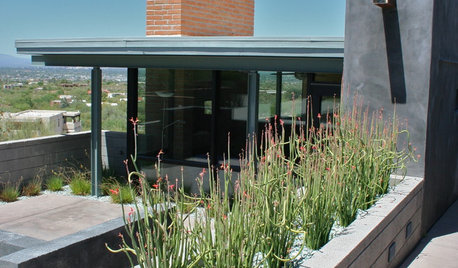
GARDENING GUIDESGreat Design Plant: Slipper Plant
Unthirsty succulent looks great all year and offers an unexpected surprise in fall
Full Story
GARDENING GUIDESInvite Mining Bees to Your Garden by Planting Their Favorite Plants
Look for mining bees (Andrena) pollinating woodland wildflowers in U.S. gardens this spring
Full Story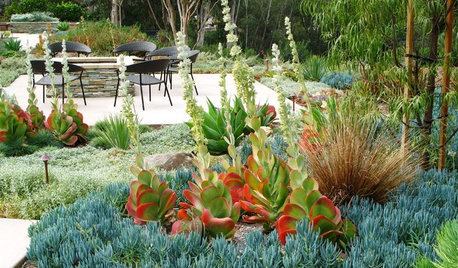
GARDENING GUIDESGreat Design Plant: Paddle Plant
If you're looking for awesomely strange foliage and low care requirements, this succulent is right up your alley
Full Story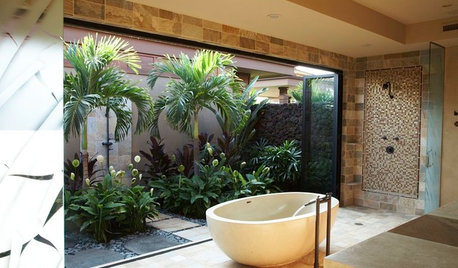
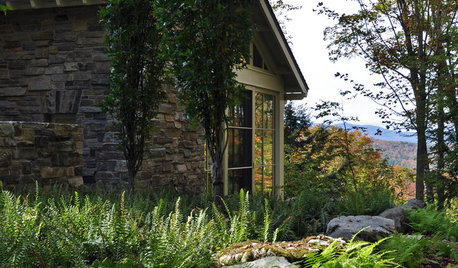
GARDENING GUIDESGreat Design Plant: Athyrium Filix-Femina
If you need a well-mannered plant that shines in the shade, lady fern is for you
Full Story
GARDENING GUIDESGreat Design Plant: Cephalanthus Occidentalis
Buttonbush is an adaptable woody shrub with delightful pincushion flowers
Full Story
NATIVE PLANTSGreat Design Plant: Wild Bergamot, Friend of Foragers
Nourish butterflies and other winged creatures with the tubular flowers of Monarda fistulosa, a pretty pink native
Full Story
GARDENING GUIDES9 Clay-Busting Native Flowers for Summer Sun
These plants survive and even thrive in tough clay soil east of the Rocky Mountains
Full Story
GROUND COVERSNative Alternatives to English Ivy, Japanese Pachysandra and Periwinkle
These shade-loving ground covers are good for the environment and say something about where you are
Full Story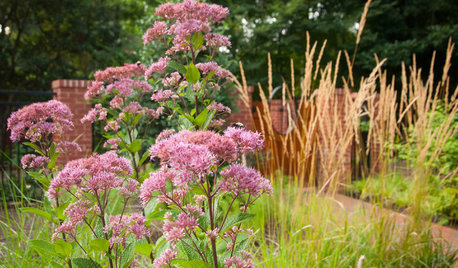
GARDENING GUIDESGreat Design Plant: Eutrochium Maculatum
Sculptural, slightly tropical looking and a boon to wildlife, Spotted Joe Pye Weed is a gotta-have plant in many parts of the U.S.
Full StorySponsored






neo